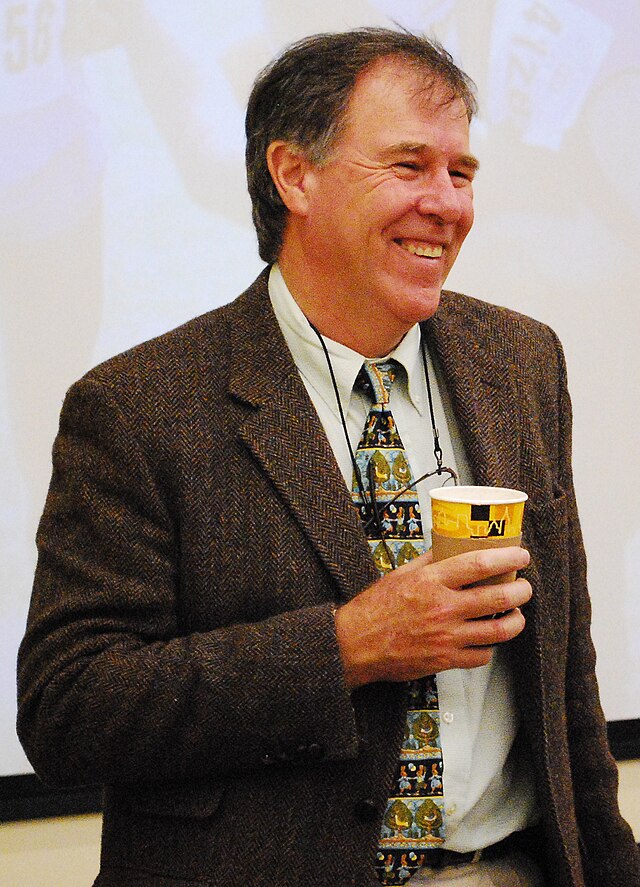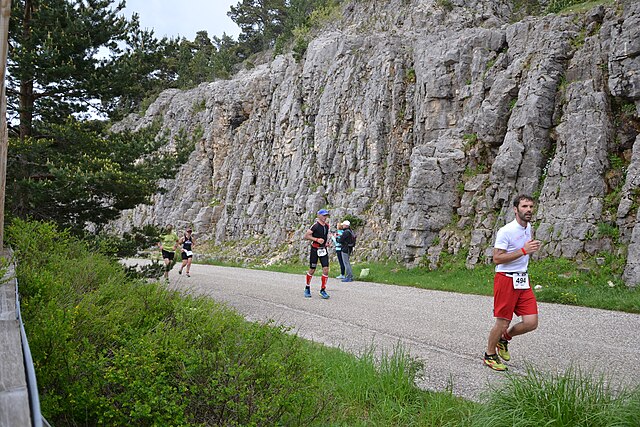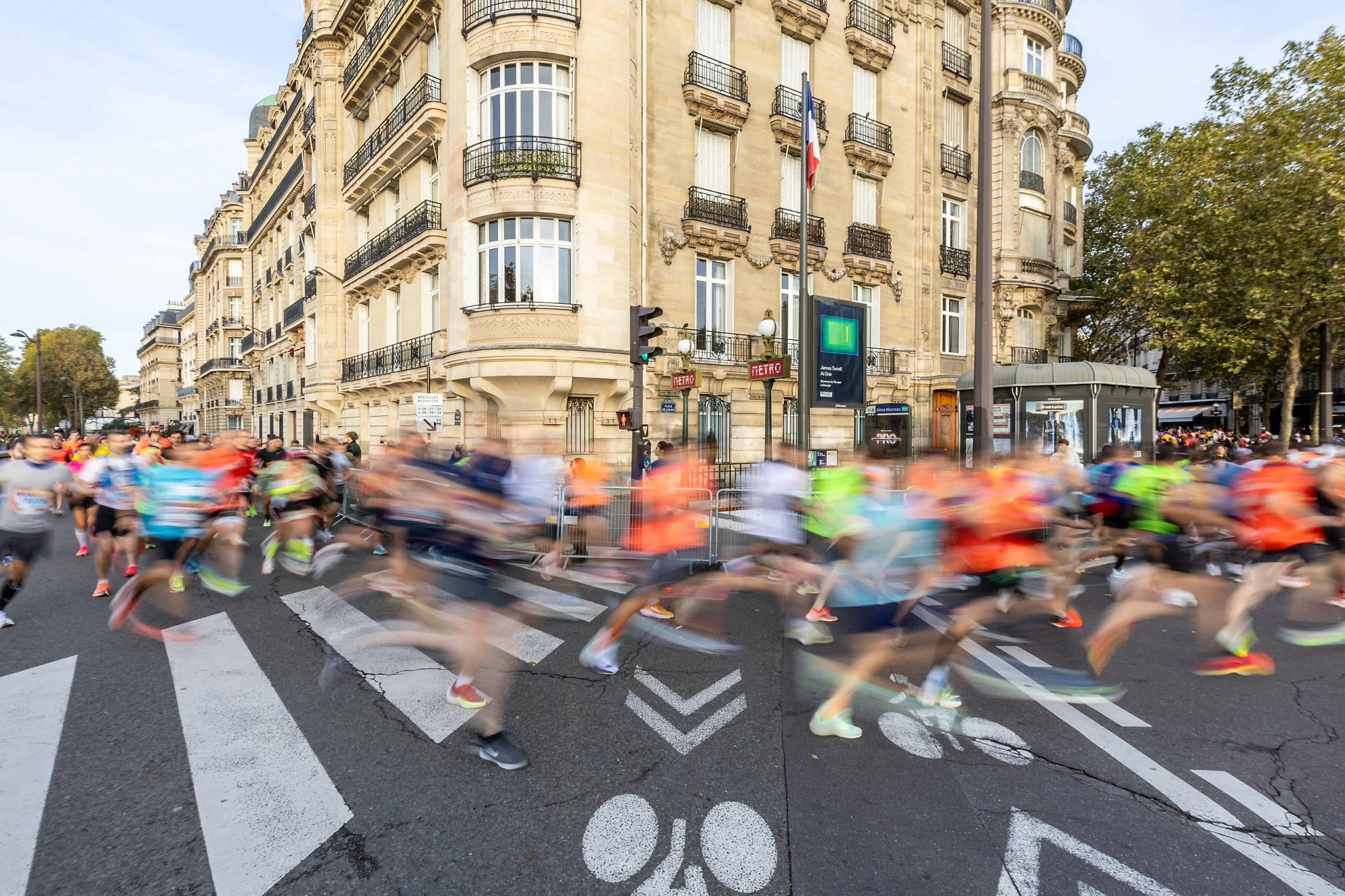Have you ever encountered the central governor?
17/12/2024 12:07In the running community, there’s often talk of a certain Governor. Is it a runner? A mysterious professor? Let’s investigate together, amidst our many strides.
The Central Governor Model
It happened again a few weeks ago… At the start of a famous race in France, between Saint-Étienne and Lyon, a whisper among well-known runners reaches our ears. During this insider conversation, one phrase keeps popping up: “central governor”… A supposedly magical phrase for breaking records. Before the race starts, we delve into available information. Quickly, we find that the governor plays a role during the race but is especially useful in training.
Here’s the explanation: the central governor model is a theory introduced in 1997 by South African scientist Timothy Noakes, both acclaimed and contested. What does this scholar assert? Building on the work of Nobel Prize winner in Medicine (1922) Archibald Hill, who suggested that the brain protects the heart, Noakes proposes the hypothesis that the nervous system regulates effort under fatigue, with our brain limiting our capabilities to push beyond perceived fatigue to ensure survival. According to him, the brain (aka the governor) acts as a regulator of effort, and thus, fatigue is not merely a physiological event but also a useful sensation to protect the body. This challenges the widely accepted notion that fatigue results from cardiac limitations, where the heart can no longer supply the muscles with sufficient conditions to continue efforts at the same power level. The sensation of fatigue stems from this limit reached. In the central governor theory, fatigue is a tool to slow us down. The brain analyzes various peripheral data (muscle fatigue, body temperature, oxygenation, pain, injuries…) as well as some psychological elements (experience over the distance, expected performance, confidence…). One argument from the “governor” doctor is the moment when a runner finds new energy (like in the last mile) even though their body seemed completely spent just a few miles before.
Where the marathon truly begins is after 18 miles. That’s where you feel pain all over your body. Muscles are really sore, and only the most prepared and well-organized athletes manage to push through it.
Eliud Kipchoge
Noakes: From Practice to Theory

Timothy Noakes, a researcher and professor at the University of Cape Town (South Africa), has lived the subject. And how! This scientist, a lover of running and sports in general (he has also written about cycling, rugby…), has participated in over 70 marathons and ultra-marathons, which undoubtedly served as a foundation for his experiments. His passion for the subject cannot be questioned! His work has been acclaimed and contributes to advancing research. He discusses these topics in his numerous books on running. Noakes has also published on nutrition and dietetics, but his views on these subjects have been widely criticized by the scientific community. While we’ll avoid delving into those controversies here, they do prompt caution in applying Timothy Noakes’ advice. As you’ve gathered, this central governor theory stirs discussions in running circles since it opens the possibility for runners to experiment, to touch, and perhaps to go beyond that famous comfort zone. There might be a bit of the mad scientist in ignoring “listening” to one’s body, but any enthusiast can understand the essence of this pursuit. It’s up to you to cultivate a unique relationship with your governor.
Adapting the model to each person

We are not Iron Men in the literal sense. Our bodies aren’t made of steel; we must manage the extraordinary complexity of our organisms, their vulnerabilities, and potentials. Of course, the idea of the governor might be to gently push one’s limits… within the realm of possibility, within reason. What holds for a professional athlete isn’t the same for an amateur who runs once a week. An amateur athlete can draw inspiration from this theory to push limits, but each person must communicate with their body in a unique and respectful manner. A comfort zone is subjective, just like the concept of surpassing oneself. And perhaps here lies a paradox in the governor’s theory: those attempting to “ignore” their body are often those who already know it extremely well… This theory is primarily valid for champions, those who have decided to try all methods to shave off minutes, even seconds. One can draw inspiration from it. To start, without taking risks, you can work on improving your running pace by adjusting your routes and times so that your brain doesn’t “lock” you into a particular rhythm. Indeed, according to Noakes’ model, it coordinates your pace based on “judged” capacities by the governor. Aim for a better time on a familiar route, visualize this ability, and perhaps week after week, you’ll expand your comfort zone. Interval training sessions can help you push your limits. The training will be more demanding, but the race will be easier.
But if you start feeling signs of fatigue or risk of injury, then listen to your body and take care of it. There’ll always be another time to consult the central governor…



